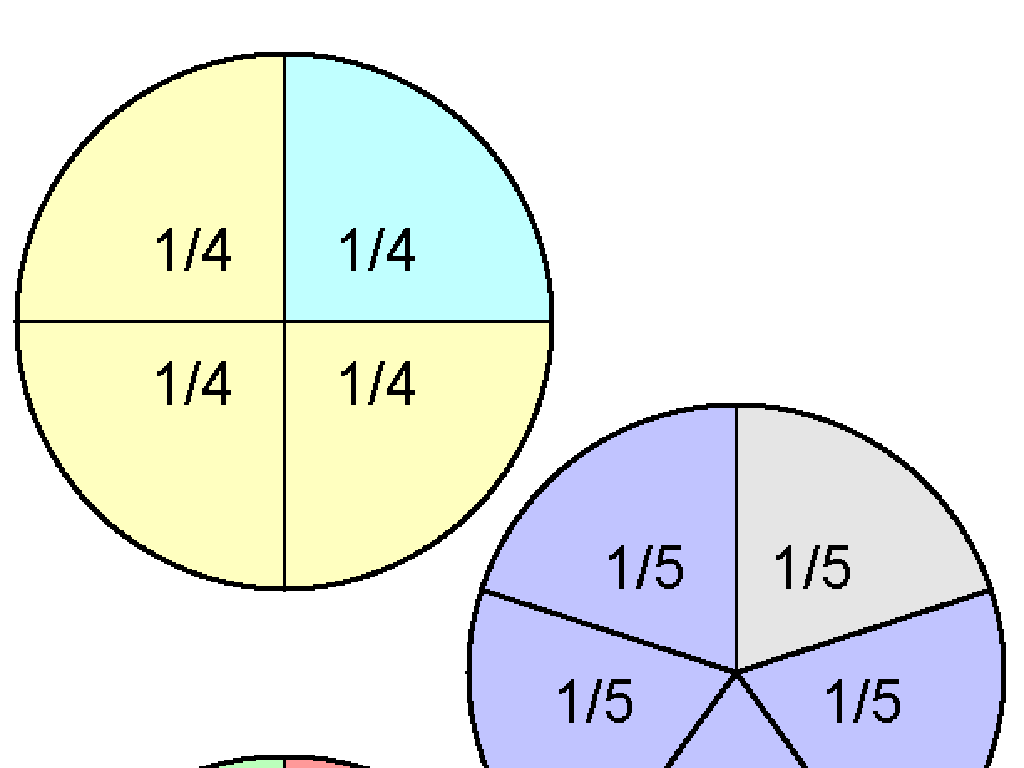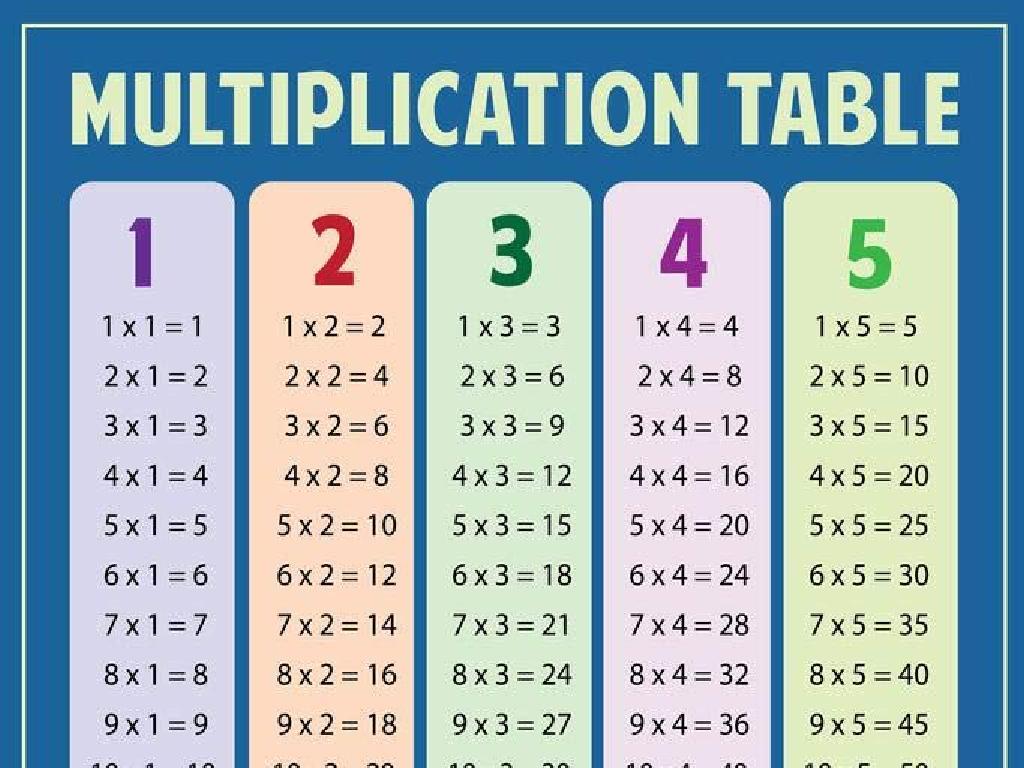Sort Words With Shared Suffixes By Part Of Speech
Subject: Language arts
Grade: Fifth grade
Topic: Prefixes And Suffixes
Please LOG IN to download the presentation. Access is available to registered users only.
View More Content
Exploring Prefixes and Suffixes
– Building blocks of words
– Defining prefixes and suffixes
– Prefixes appear at the start, suffixes at the end of words
– The power of suffixes in meaning
– Suffixes can turn a verb into a noun, like ‘perform’ to ‘performance’
– Sorting words by part of speech
– Group words with same suffixes, like ‘-ly’ for adverbs: quickly, softly
|
This slide introduces the concept of prefixes and suffixes as essential components of word formation. Prefixes are word parts added to the beginning of a word to alter its meaning, while suffixes are endings that modify a word’s part of speech or tense. Understanding how suffixes change the meaning of a word is crucial for vocabulary development. For example, adding ‘-ness’ to ‘happy’ creates ‘happiness’. The activity will involve sorting words based on their suffixes and identifying their part of speech, which helps in understanding how suffixes affect word function. Encourage students to think of additional examples and to recognize patterns in word formation.
Understanding Suffixes
– Define a suffix
– A suffix is a set of letters at the end of a word.
– Suffixes change meaning
– ‘Hopeful’ means full of hope, ‘kindness’ means the state of being kind.
– Suffixes alter part of speech
– ‘Quickly’ turns the adjective ‘quick’ into an adverb.
– Examples of suffixes
|
This slide introduces the concept of suffixes to students. Begin by defining a suffix and explaining that it is a group of letters added to the end of a word. Highlight how suffixes can alter both the meaning of a word and its part of speech, such as turning a noun into an adjective or an adjective into an adverb. Provide clear examples with common suffixes like -ful, -ness, and -ly, and show how they change the words ‘hope’, ‘kind’, and ‘quick’ respectively. Encourage students to think of more examples and discuss how the meaning and part of speech change with different suffixes.
Suffixes and Their Impact on Word Meaning
– Understanding suffixes: -less, -able, -tion
– ‘Less’ means without, ‘able’ means can do, ‘tion’ means the process of
– How suffixes change meanings
– ‘Hopeless’ means without hope, ‘enjoyable’ means can enjoy
– Examples: ‘fearless’, ‘readable’, ‘action’
– ‘Fearless’ means without fear, ‘readable’ means can be read, ‘action’ means the process of acting
– Upcoming activity: Sorting by suffixes
|
This slide introduces students to common suffixes and how they alter the meanings of words. Start by explaining what suffixes are and how they are added to the end of words to change their meaning. Provide examples for each suffix: ‘-less’ means without (e.g., ‘fearless’ means without fear), ‘-able’ means capable of (e.g., ‘readable’ means capable of being read), and ‘-tion’ means the act of (e.g., ‘action’ means the act of doing something). After discussing these, preview the class activity where students will practice sorting words based on their suffixes, reinforcing their understanding of how suffixes influence word meaning and part of speech.
Suffixes and Parts of Speech
– Review: Nouns, Verbs, Adjectives, Adverbs
– Suffixes alter word classes
– Suffixes can change a word’s job in a sentence
– ‘joy’ to ‘joyful’: Noun to Adjective
– Adding ‘-ful’ to ‘joy’ turns it into describing word
– ‘play’ to ‘playful’: Verb to Adjective
– ‘playful’ describes someone who likes to play
|
Begin with a quick review of the basic parts of speech to ensure students recall what nouns, verbs, adjectives, and adverbs are. Explain how adding a suffix to a word can change its part of speech, essentially changing its function in a sentence. Use ‘joy’ and ‘play’ as examples to illustrate how the suffix ‘-ful’ transforms these words from a noun and a verb into adjectives. Encourage students to think of other examples and discuss how the meaning of the word shifts with the addition of a suffix. This will help them understand the flexibility of words and how suffixes can be powerful tools in word formation.
Sorting Words by Suffixes
– Understanding shared suffixes
– Suffixes are endings that change a word’s meaning
– Sorting words into parts of speech
– Words can be nouns, verbs, adjectives, or adverbs
– Example: Suffix ‘-ment’
– ‘-ment’ indicates a noun, often a state or result
– Classify ‘enjoyment’ and ‘payment’
– ‘Enjoyment’ and ‘payment’ are both nouns
|
This slide introduces the concept of suffixes and their role in determining the part of speech for a word. Students will learn to recognize patterns in word endings and how these patterns can help categorize words into nouns, verbs, adjectives, and adverbs. The suffix ‘-ment’ is used as an example to illustrate a common noun suffix that often signifies a state of being or the result of an action. Students should be encouraged to think of other words with the ‘-ment’ suffix and determine their part of speech. The activity will help solidify their understanding of how suffixes affect word meaning and grammatical function.
Group Activity: Suffix Sort!
– Sort words by suffixes and parts of speech
– Look at the ending of each word and decide its part of speech
– Use suffix meanings as clues
– Remember: ‘-ness’ means a state of being, ‘-ly’ often means in a certain way
– Collaborate with your group
– Get ready to present your work
|
This group activity is designed to help students understand how suffixes can determine the part of speech of a word. Divide the class into small groups and provide each with a list of words. Encourage them to use their knowledge of suffix meanings to sort the words into categories such as nouns, verbs, adjectives, and adverbs. Remind them that suffixes like ‘-ness’ typically turn adjectives into nouns indicating a state or quality, while ‘-ly’ can turn adjectives into adverbs. After sorting, each group will share their findings, explaining the reasoning behind their categorizations. This will reinforce their understanding of suffixes and parts of speech, and enhance their collaborative skills. Possible activities for different groups could include sorting words from a story read in class, words they find in magazines, or words the teacher provides on flashcards.
Class Discussion: Sorting Suffixes
– Groups share their sorted lists
– Discuss sorting rationale
– Why did certain words go into specific categories?
– Identify tricky suffixes
– Share suffixes that caused confusion
– Group reflection and learning
– What did we learn from this activity?
|
This slide is meant to facilitate a class discussion following a group activity where students sorted words by suffixes and parts of speech. Each group will present their sorted lists to the class and explain the reasoning behind their categorization. Encourage students to discuss any suffixes that were particularly challenging and why. This is an opportunity for collaborative learning, as students can learn from each other’s insights and strategies. As a teacher, guide the discussion to ensure that students understand how suffixes can change the meaning and part of speech of a word. Highlight any common misconceptions and provide further examples if necessary. The goal is to reinforce their understanding of suffixes and how they relate to word classification.
Sorting Words by Suffixes: Individual Practice
– Try sorting words by suffixes
– Complete the provided worksheet
– Use the worksheet to practice sorting words with common suffixes.
– Reinforce today’s lesson
– This activity will help solidify your understanding of suffixes and parts of speech.
– Share your sorted list in class
– Be prepared to discuss how you sorted the words.
|
This slide is aimed at guiding students through an individual practice activity where they will apply their knowledge of suffixes to sort words by part of speech. The worksheet provided should include a variety of words with common suffixes that students have learned about. Encourage students to think about the meaning of each suffix and how it relates to the word’s part of speech. After completing the worksheet, students should be ready to share their sorted lists and discuss the reasoning behind their choices. This will help them to reinforce the concepts learned in today’s lesson and give them confidence in identifying and using suffixes correctly.
Suffixes & Parts of Speech: Homework
– Congrats on learning suffixes!
– Homework: Find 5 words with suffixes
– Look for words ending with common suffixes like -ly, -ness, -ful
– Determine each word’s part of speech
– Is it a noun, verb, adjective, or adverb?
– Share your findings next class
|
This slide wraps up the lesson on suffixes and parts of speech, congratulating the students on their hard work. The homework assignment is designed to reinforce their understanding by having them apply their knowledge to real-world examples. Encourage students to find words from books, signs, or their daily lives. Remind them to use the suffix of each word to help determine its part of speech. In the next class, be prepared to facilitate a discussion where students can share their words and explain how they determined the part of speech, fostering a collaborative learning environment.






